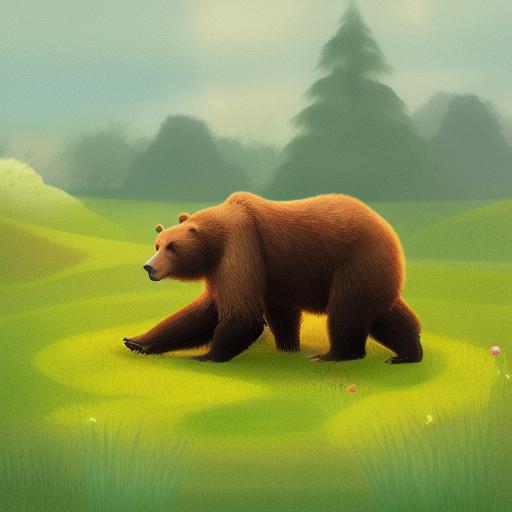Children’s book illustration
Children’s book illustration is the art of creating images that accompany text in books aimed at young readers. The illustrations in children’s books are typically designed to engage, entertain, and educate young readers. They often feature bright colors, whimsical characters, and playful imagery that appeal to children’s imaginations and help to bring the story to life.
Illustrators working in this field need to have a strong understanding of child development, as well as the ability to create illustrations that are appropriate for different age groups. They must be skilled in using different mediums and techniques to create visual storytelling that captures the attention of young readers.
Role of children’s book illustration
In addition to being visually appealing, children’s book illustrations should also be supportive of the story’s themes and messages. They should help to convey the story’s plot, characters, emotions, and setting, and enhance the reader’s overall experience. A skilled children’s book illustrator can effectively use illustrations to complement and enhance the text, creating a cohesive and engaging reading experience for young readers.
Overall, children’s book illustration is an important part of the children’s literature industry, and skilled illustrators are in high demand by publishers and authors looking to create engaging and memorable stories for young readers.
Use of AI-generated art
Art created through artificial intelligence algorithms is known as AI-generated art, which enables fast and efficient production of images. This method has several advantages over traditional art-making techniques, including the ability to experiment with various styles and techniques and the flexibility to meet specific design requirements. Moreover, AI-generated art encourages diversity and inclusivity in the art industry by providing a platform for artists from diverse backgrounds to express their unique experiences and perspectives.
By utilizing online tools like Visual Paradigm Online, designers can easily incorporate AI-generated art into their projects. Additionally, artists can generate their own AI-generated art and explore the vast creative possibilities that this technology provides on websites such as Stable Diffusion, Midjourney, and Dalle 2.
How to create this prompt?
To write a prompt that effectively guides an AI to generate a desired image, it is essential to include specific details about the desired output. Let’s break down the given AI image prompt to understand how each part influences the generated image.
Firstly, the prompt describes the subject of the image as a brown bear sitting on top of a grass field. This information is crucial as it sets the scene for the entire image. By specifying the bear’s position and surroundings, the AI can better understand the desired output and create an image that accurately reflects the prompt.
The prompt also mentions that the reference image is a storybook illustration by Mei Qing, who is a behance contest winner. This information is helpful as it provides the AI with a specific style and technique to emulate. Additionally, specifying that the illustration is for a children’s book helps to set a tone for the image that is appropriate for young readers.
The prompt also specifies that the desired output should be a process art, which is an art style that emphasizes the process of creating the artwork. This style is characterized by visible brush strokes, layering, and other techniques that showcase the artist’s creative process.
Lastly, the prompt emphasizes the importance of wildlife illustration, which provides a specific focus for the image. This detail indicates that the AI should create an image that features a realistic portrayal of a bear and its natural environment.
In summary, writing a prompt that guides an AI to generate a desired image requires specific details that describe the subject, style, technique, and focus of the image. By including these details, the prompt provides a clear direction for the AI and encourages it to create an image that accurately reflects the desired output.


